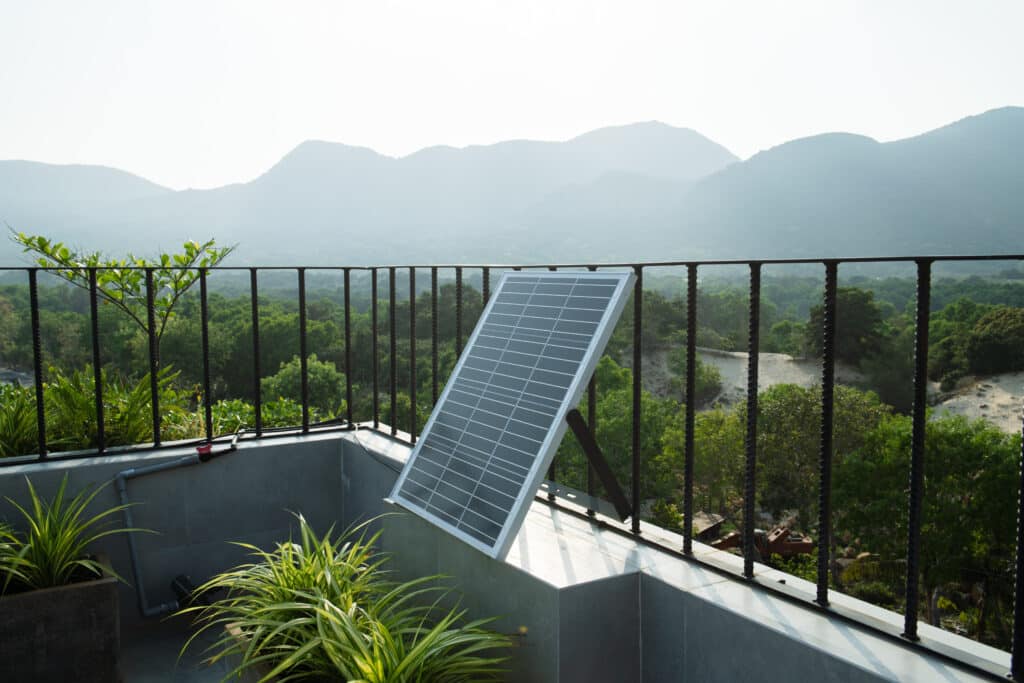
Looking for tips on minimizing carbon footprint while traveling? Many of us work on ways to reduce our carbon footprint at home, but, whether you travel frequently or not, you can pay attention to your footprint when you are away from home, too!
Here are some suggestions for minimizing your carbon footprint while travelling:
Traveling light
This can have a huge influence on lowering your carbon footprint. When planes lift off, the weight of the plane influences the amount of fuel required for the journey. The more weight the plane has to carry, the more energy it uses. You can assist lower the weight of the plane and the amount of fuel consumed by packing only the necessities and leaving behind unneeded stuff. You are traveling to get away, so don’t bring it with you.
When you make it a habit to pack minimally, it reduces the amount of energy and resources required to manufacture and deliver your luggage. When you travel light, no need for industrial strength luggage! It will also make it easier to get to your destination, whether on foot or by public transportation.
Pack multipurpose clothing items that can be worn on multiple occasions, and avoid over-packing by considering the weather and the activities you will be performing.
Use technology to reduce paper waste when travelling

Many airlines, hotels, and travel-related businesses now provide digital boarding permits, tickets, and itineraries. Using these digital versions can help save natural resources by reducing the amount of paper needed. You are already carrying a phone, why carry all that paperwork too?
Many hotels now provide digital copies of guest room keys, removing the need for physical keys and saving energy and resources. Room service menus, amenity listings and many other things that used to be on printed materials can now be access on your phone. This is a great feature for anyone with accessibility issues, and it is very helpful when translation is required.
Research and arrange for environmentally friendly activities
You can reduce your environmental footprint while still enjoying your trip. Here are some examples of sustainable activities and tours:
- Nature and animal trips that promote environmental conservation and preservation.
- Cultural excursions that benefit local communities and aid in the preservation of traditional ways of life.
- Hiking, riding, and kayaking are examples of outdoor activities that reduce the consumption of fossil fuels while also encouraging a connection with nature.
- Agri-tourism and farm stays allow visitors to learn about sustainable farming practices while also supporting local agriculture.
When researching and organizing sustainable activities and tours, look for tour operators who have made a commitment to sustainability, such as those recognized by responsible tourism groups. In the Frontenac Arch Biosphere Region, look for businesses that have taken their Sustainability Pledge.
Support carbon offset projects

One approach to reduce your environmental effect when travelling. Carbon offsetting is the process of paying for your travel-related carbon dioxide emissions by investing in projects that reduce or remove carbon dioxide from the atmosphere.
Carbon offset projects include the following:
- Renewable energy initiatives, such as wind and solar power, help to minimize the usage of fossil fuels and carbon emissions. Check to see if the hotel or lodge you are staying at uses renewable energy.
- Businesses that participate or support reforestation and afforestation projects reduces carbon dioxide emissions and enhances biodiversity.
- Agroforestry or silvopsature programs encourage sustainable land management and carbon sequestration.
- Energy efficiency programs that reduce energy use and emissions.
When looking for carbon offset projects, it is critical to ensure that they are verified by respected organizations and fulfill high environmental and social responsibility requirements.
Support local businesses and communities
This is an important method to reduce the environmental impact of travel. As a wise (and wealthy) person once said: pack less stuff, bring more money.
You may support the local economy and promote sustainable tourist practices by staying in locally owned accommodations, eating at locally owned restaurants, and shopping at locally owned retailers.
Supporting local businesses also helps to preserve the destination’s culture and traditions, lowering tourism’s environmental impact. Local businesses are frequently more sustainable than larger, global corporations since they use locally sourced materials and have a lower carbon footprint.
When you support local communities, you can mitigate the detrimental effects of tourism on local landscapes and cultures. Supporting local conservation efforts and community-based tourism programs, for example, can assist to protect natural and cultural heritage while still allowing you to enjoy your travels.
Avoid single-use plastics and choose eco-friendly products
Plastic bags, straws, and water bottles, to name a few are hazardous to the environment and contribute to the trash problem. They decay over hundreds of years and frequently wind up in oceans and other bodies of water, where they can harm marine life.
Use environmentally friendly products such as a plastic-free toothbrush, reusable cloth shopping bags, and eco-friendly soaps and shampoos. These items are constructed from environmentally friendly materials and are frequently biodegradable, which can assist to reduce the amount of garbage generated while travelling.
When you bring your own reusable water bottle you can refill it at water fountains, hotel rooms, or with filtered water. It’s also worth noting that many airports, train stations, and public areas already have filtered water kiosks, making it simple to refill your reusable bottle. This will not only help to reduce the quantity of plastic garbage produced, but it will also save you money in the long term.
You can also avoid using disposable paper or plastic cups when ordering coffee or other hot beverages by carrying your own reusable coffee cup. Many coffee shops and cafes now give customers who bring their own reusable cups discounts or incentives.
Choose energy-efficient lodgings with green certifications

A bit more on minimizing carbon footprint while traveling? To help reduce your environmental effect and promote sustainable tourism practices. Energy-efficient accommodations consume less electricity, water, and other resources, which can help reduce tourism’s environmental effect. Some establishments also feature organic gardens and promote a farm-to-table philosophy.
Choose eco-friendly transportation methods
such as public transportation, biking, or walking to lessen your carbon footprint while travelling. Transportation is a big source of carbon emissions, and you may help reduce your environmental effect by choosing more sustainable solutions.
Taking public transit is typically a more environmentally friendly alternative than driving or flying. It is often powered by electricity, which can be created using renewable energy sources and aids in the reduction of traffic congestion and air pollution.
Biking and walking are also fantastic ways to get around because they produce no emissions and are also beneficial for your health. Many cities now offer bike-sharing systems, making it simple to rent a bike for short rides. So there you have it, a few tips on minimizing carbon footprint while traveling. Make sure you put these tips to practice on your next adventure!





